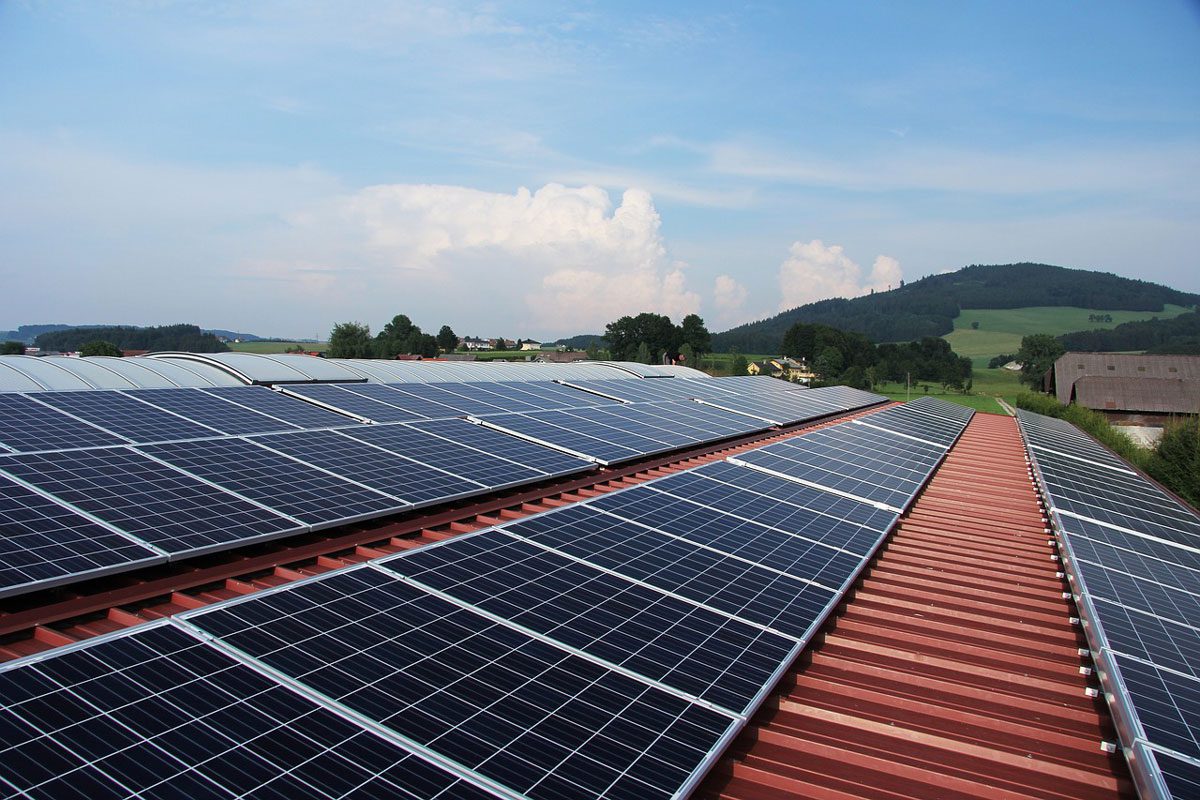Harnessing the power of the sun for our energy needs is more than just an innovative idea—it’s a necessary step towards a sustainable future. This guide aims to demystify the process of adopting solar energy, making it accessible to homeowners seeking to reduce their carbon footprint and energy costs. This article is designed to walk you through the benefits, processes, and technology behind solar energy, showing you how making the switch to solar is not only beneficial for the environment but also kind to your wallet. Whether you’re entirely new to the concept of solar energy or looking to deepen your understanding, our comprehensive overview will illuminate the path to a brighter, more sustainable future powered by the sun.

Understanding Solar Energy
Solar energy operates on a simple but profound principle: converting sunlight into electricity. This process is facilitated by photovoltaic (PV) cells, which capture sunlight and transform it into electrical power. Homeowners can leverage this technology through the installation of solar panels, which are made up of numerous PV cells. These panels can be installed on rooftops, in open grounds, or in any location exposed to sufficient sunlight, making solar energy an adaptable and versatile option for residential power.
The attractiveness of solar energy lies not only in its sustainability but also in its potential to significantly reduce energy bills. Over time, the initial investment in solar technology pays off, as the energy generated from your solar panels decreases the need for electricity from the grid. Additionally, many governments offer incentives and rebates for solar energy adoption, further enhancing its affordability and appeal. The folks at Solar Power Nation note that there are solar solutions available for every budget, making it possible for even those on a tight budget to go solar. Most importantly, transitioning to solar energy means reducing your reliance on fossil fuels and helping combat climate change.
The Cost of Going Solar
When considering the transition to solar energy, an understanding of the initial costs involved is crucial. Installation of a solar power system typically encompasses the cost of the solar panels, inverters, batteries (if opting for a system with energy storage), and installation labor. While this upfront investment can seem sizable, it’s important to also account for the long-term savings on electricity bills and possible government incentives that can offset these initial costs.
In addition to the monetary savings, solar energy systems have a notable impact on property value. Homes equipped with solar power solutions often experience an increase in market value, making solar installations not just an energy-saving move, but also a savvy investment in real estate. The net effect is that while the upfront costs are palpable, the long-term benefits, both financial and environmental, are substantial.
Choosing the Right Solar System
Selecting the optimal solar system for your home involves considering several factors, including your energy needs, geographical location, and the physical characteristics of your home. The capacity of the solar system you need is directly related to your average energy consumption. A professional assessment can help determine the right size for your system to ensure it meets your energy requirements effectively.
The type of solar system—grid-connected, off-grid, or hybrid—should be chosen based on your energy goals and the reliability of the local grid. Grid-connected systems are common and allow for the excess electricity generated to be fed back into the grid, often with financial compensation. Off-grid systems, while more expensive due to the need for batteries, provide complete independence from utility providers. Hybrid systems offer flexibility, combining the benefits of both grid-connected and off-grid solutions.
Installation and Maintenance
The installation of a solar energy system is a critical step that requires professional handling to ensure safety and efficiency. Choosing a reputable solar installer with a solid track record is essential. The process usually involves an initial site assessment, obtaining the necessary permits, installation, and finally, connection to the electrical grid (if applicable). Most solar systems are designed for durability and require minimal maintenance, mainly periodic cleaning of the panels and routine checks to keep them operating at peak efficiency.
Post-installation, the performance of your solar system should be monitored. Many systems now come with integrated monitoring software, allowing homeowners to track energy production and consumption in real time. This can pinpoint areas for efficiency improvement and ensure that your solar investment is performing optimally.
Maximizing Solar Benefits
To fully harness the advantages of solar energy, homeowners are encouraged to adopt energy-efficient practices alongside their solar installations. Using energy-efficient appliances, LED lighting, and smart home technologies can further reduce energy consumption, enhancing the impact of your solar power system. Additionally, consider the timing of high-energy-use activities during daylight hours when your system’s electricity production is at its peak, to make the most of the solar energy generated.
Beyond personal benefits, adopting solar energy contributes to a larger environmental impact. Each solar-powered home reduces the reliance on fossil fuels, decreasing greenhouse gas emissions and the carbon footprint of the household. By choosing solar, homeowners play a pivotal role in the global shift towards cleaner, sustainable energy solutions for future generations.

The process of going solar can seem daunting at first glance, but with the right information and guidance, it can be made simple and affordable. By understanding the technology behind solar energy, considering costs and incentives, choosing the right system for your home, and practicing efficient energy use, homeowners can make a positive impact on both their wallets and the environment. It’s time to make the switch to solar and be part of the solution for a cleaner, greener planet.


